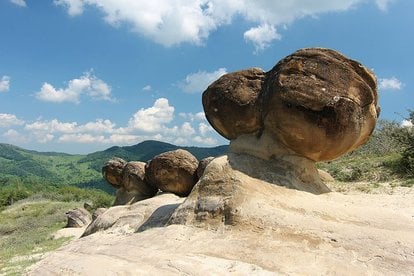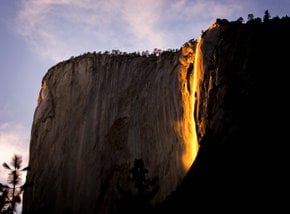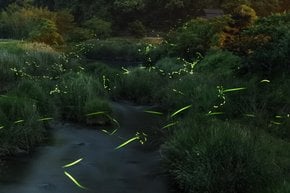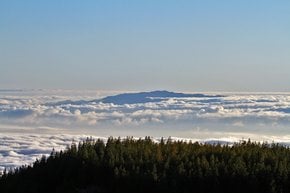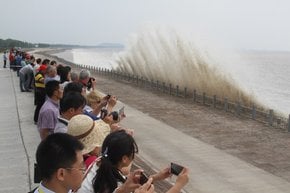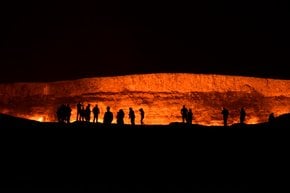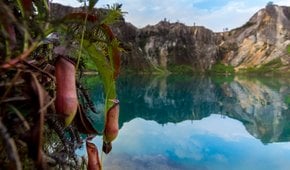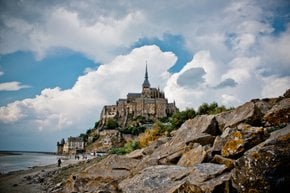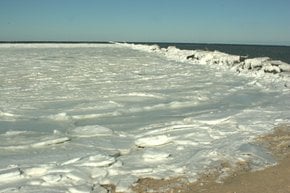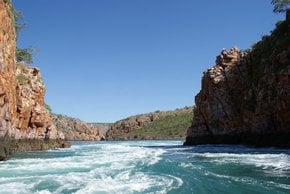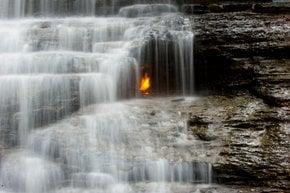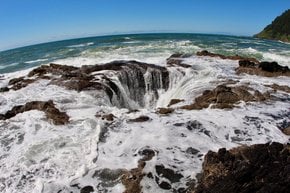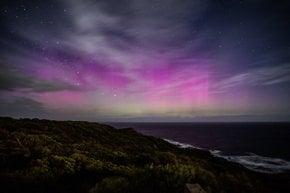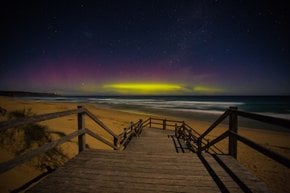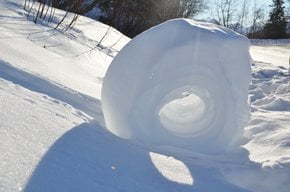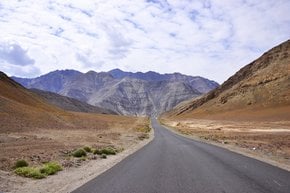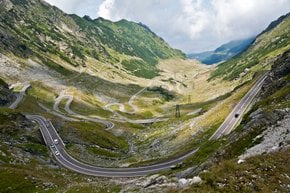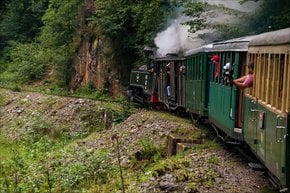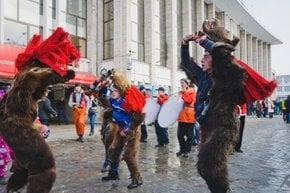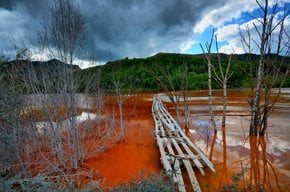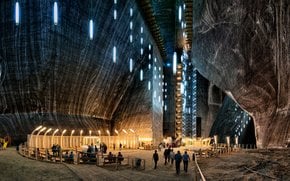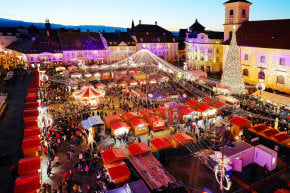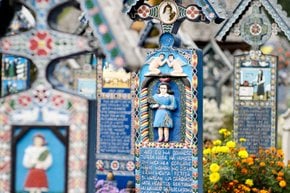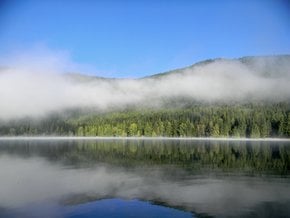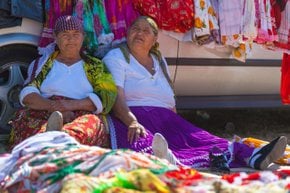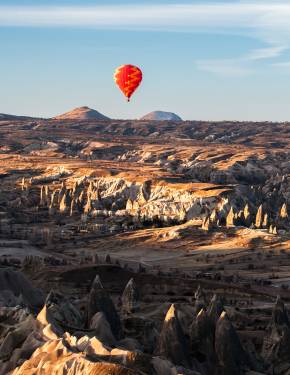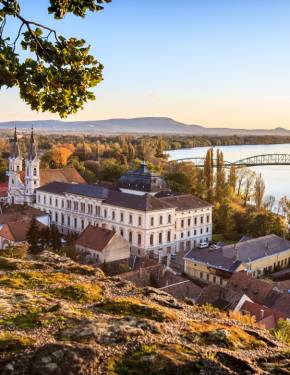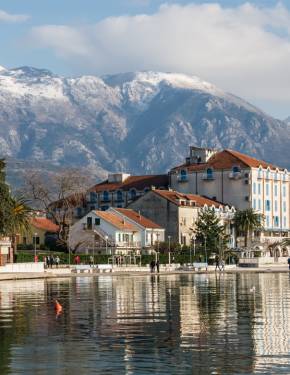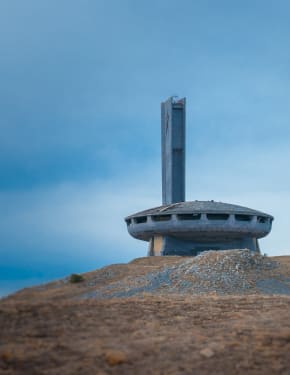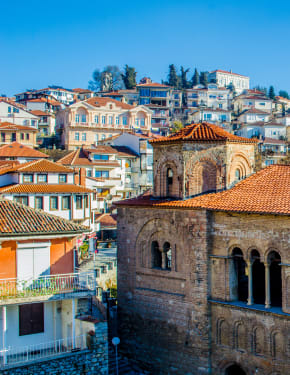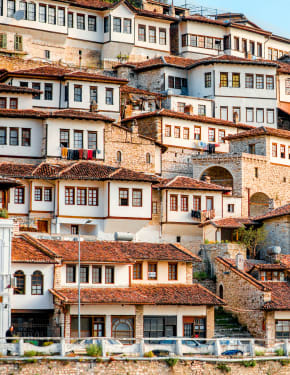Growing Stones or Trovants in Romania 2026
These stones or rather "creatures" have been baffling the scientists for years. Truth or fiction, they are said to influence people's thoughts and seek revenge when treated badly
Best time: June–August
Small stones grow on bigger ones after heavy rainfall, just like mushrooms, which is an abnormal phenomenon itself, but that's only a small part of the huge mystery.
It's claimed the stones can also "walk", as many have been noticed to change their position. Moreover, they may influence your thoughts provided that you are standing somewhere nearby. If you talk to them in a non-amiable way, they may get revengeful, therefore it's recommended to be friendly with them. Why should you even talk to the stones, after all—this is another question.
You must be extremely sceptical about the whole thing already, but if it were fake, would scientists waste their time on such a nuisance?
In fact, the growing stones of Romania, commonly known as "trovants" and concretions, have been a subject of scientific investigation for quite a long time. Where from, and why did they appear in Romania—this is not clear, but the formations are supposed to be 6.5 million years old. Due to a large number of inexplicable characteristics, they are also supposed to have some kind of alien origin. From the outside, the trovants resemble ordinary stones, while the texture inside is similar to sand, and when broken into two halves, the cross section has some similarities with a tree trunk, mainly because of the observable age rings. This makes them half-rocks and half-plants.
Mysterious concretions are found in many regions of Romania, but Valcea County is known for the greatest accumulation. The best places to see the living rocks, talk to them, and even touch them is either along a river in Gresarea Brook near Oteşani village, around 15 km from Horezu, or at a sand quarry near Costeşti village. In Costeşti you will also find “Trovants Museum”, the site is protected by UNESCO.
People of Transilvania have their own tradition connected with trovants,—they put the stones beside the graves of their loved ones to ensure peaceful afterlife. Moreover, it's a common practice in Romania to use trovants to make souvenirs.
For visitors, the best time to meet the extraordinary rocks is after rains, when the baby-stones sprout. Summer is considered the most rainy season in Romania.

